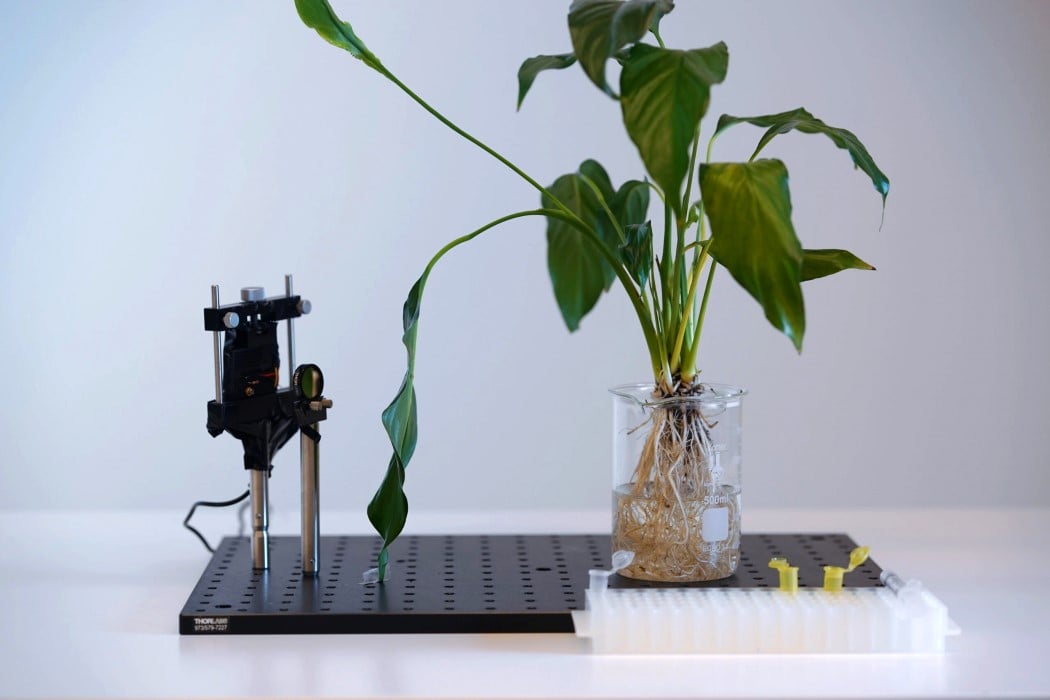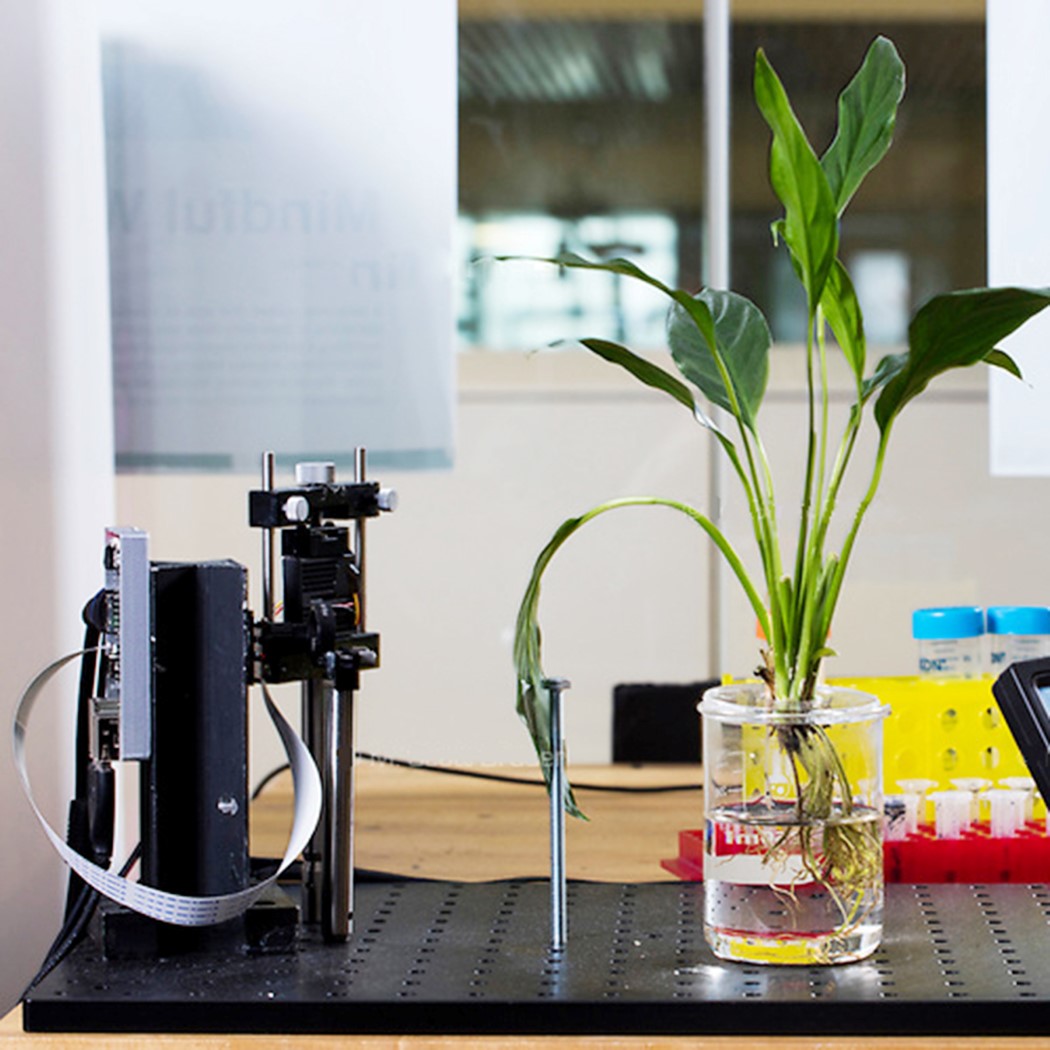Inspired by the Flint Water Crisis, the Argus is a bionic plant that can instantly detect irregularities in water quality, catching them long before they become a problem for residents in the neighborhood or district. Argus is the brainchild of MIT Media Lab-graduate Harpreet Sareen, who realized that plants have the ability to play a pivotal role in helping us know more about our environment. Sareen realized that plants are constantly sampling water, and if there are any impurities in the water around us, plants end up absorbing them too – making them perfect for helping catch any toxins and impurities in water years before they end up having irreversible effects on the humans and animals living in the area.
Sareen developed a special concoction of nano-sensing materials (DNA-based biosensors and carbon nanotubes) which he then injected into the plant. These nano-sensing materials inside the plant produce or turn off fluorescent light when they encounter any impurities, effectively turning the plant into an electricity-free water monitoring system. An inexpensive camera setup can detect these fluorescent signals, showing results in 15 minutes to 2 hours, offering a cost-effective and time-sensitive way to detect hard-metal toxins and chemicals in a given area’s water supply.
Argus is a Silver Winner of the A’ Design Award for the year 2021.
Designer: Harpreet Singh Sareen












